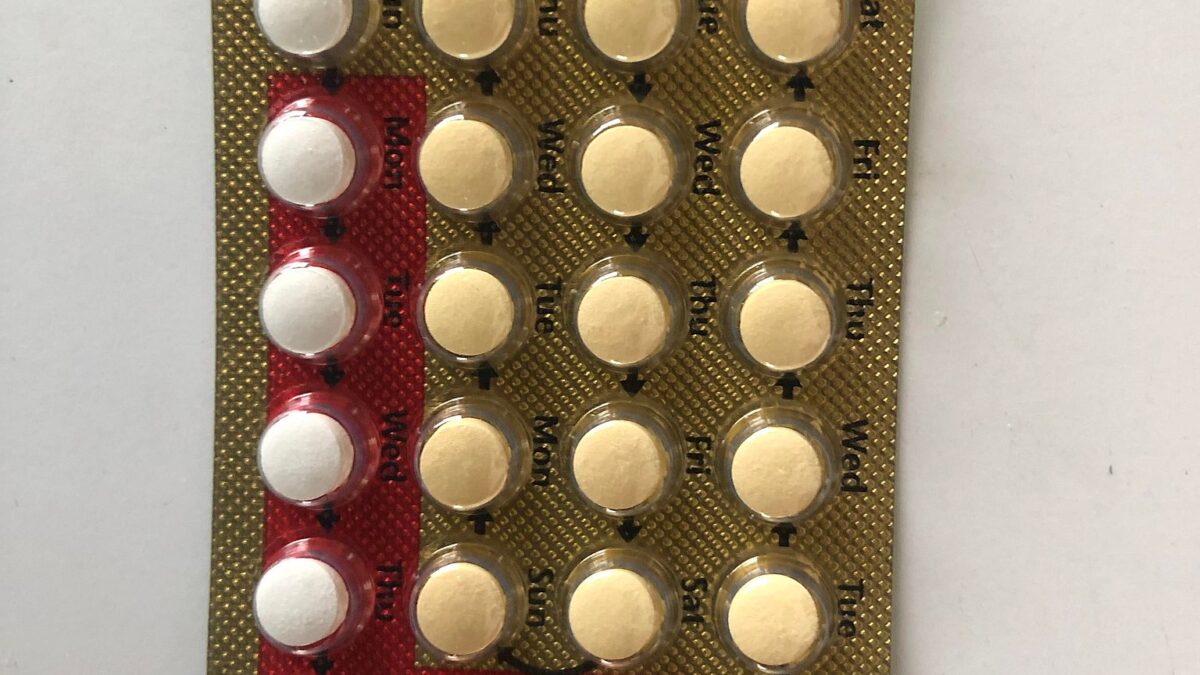
On the heels of the Supreme Court’s 2015 decision in Obergefell v. Hodges, which declared a constitutional right to same-sex marriage, liberal activists quickly turned their gaze towards the “T” in LGBT. In just two short years, the transgender movement has morphed from a concern over discrimination and violence against those suffering from gender dysphoria to the normalizing and mainstreaming of the trans lifestyle.
From the cover of National Geographic and the pixels of “I Am Jazz” to the classrooms of our most tender youth, activists have pushed an agenda of affirmation: proclaiming that girls who identify as boys are boys, and vice-versa. At the same time, the Left has sought to squelch opposing viewpoints by branding skeptics hateful transphobes.
But Tuesday’s New Atlantis piece, “Growing Pains: Problems with Puberty Suppression in Treating Gender Dysphoria,” hopes to change the discourse—or lack thereof. In “Growing Pains,” co-authors Dr. Paul Hruz, Dr. Lawrence Mayer, and Dr. Paul R. McHugh provide the most comprehensive critique to date of the gender-affirming model of treatment for children suffering from gender dysphoria and expound on the many physical and psychological concerns that approach portends.
In her NRO article, “Puberty Suppression and FMG,” Mona Charen provides a veritable Cliff’s Notes of the physical and psychological dangers the authors detail at length in “Growing Pains.” “Doctors are prescribing powerful drugs to interfere with something – puberty – that is not a disease,” she writes, concluding: “Before resorting to dire and irreversible ‘treatments’ on otherwise healthy children, we ought to remove our own cultural blinders.”
Gender Identity For Children Is Elastic
Of course she is right. And parents of children either gender-confused or with gender dysphoria would be well-served to give serious thought to the meticulous and measured analysis in “Growing Pains,” which includes a review of over 50 peer-reviewed articles on gender dysphoria in children, and which led the authors to conclude that it does “not seem prudent to embrace hormonal treatments and sex reassignment as the foremost therapeutic tools for treating this condition.”
But there is an even bigger take-away from “Growing Pains,” one which should concern all parents: “Gender identity for children is elastic (that is, it can change over time) and plastic (that is, it can be shaped by forces like parental approval and social conditions).”
This reality should give all parents pause: both the moms and dads who, to this point, have allowed their schools to preach the gospel of self-selecting gender—that boys can be girls and girls can be boys—and the parents whose sole objection, to date, has been the sharing of bathrooms and locker rooms. There is a much more serious threat in play than just student privacy. It is a matter of the psychological wellbeing of our children.
It shouldn’t surprise anyone that children are extremely susceptible to the opinions and praise shared by respected adults and authority figures, as well as particularly vulnerable to peer-pressure. Common sense, then, would suggest that as teachers and school officials promote a gender-identity theory of “sex”—and parents encourage their children to play along—more children will become gender-confused. But the exponential increase in children seeking treatment for gender confusion or gender dysphoria is beyond shocking.
Here are some of the numbers from Growing Pains:
The Gender Identity Development Service in the United Kingdom, which treats only children under the age of 18, reports that it received 94 referrals of children in 2009/2010 and 1,986 referrals of children in 2016/2017 — a relative increase of 2,000%. The service also reports that it received six referrals for children under the age of 6 in 2009/2010, compared to thirty-two referrals for children under the age of 6 in 2016/2017 — a relative increase of 430%.
In a paper published in 2016, physicians from an Indianapolis pediatric endocrinology clinic reported a ‘dramatic increase’ in referrals for gender dysphoria since 2002, finding that of 38 patients referred between 2002 and 2015, ‘74% were referred during the last 3 years.’ The authors emphasized that their clinic does not specialize in gender dysphoria, and that ‘the remarkable increase in the number of new patients seen in our clinic over the last 3 years has occurred even though our referral base is unchanged, and our clinic has not specifically advertised its care for transgender patients.’
We Need To Be Careful How We Shape Our Children
These figures should be alarming to everyone, and they aptly illustrate the authors’ conclusion in “Growing Pains” that when it comes to gender identity, children are plastic—that is, they “can be shaped by forces like parental approval and social conditions.” And gender confusion is a serious problem to thrust upon our youth: “[T]here is clear evidence that patients who identify as the opposite sex often suffer a great deal. They have higher rates of anxiety, depression, and even suicide than the general population.”
And the suggested treatment? Gender affirmation—even though, as “Growing Pains” explains, “most children who identify as the opposite sex will not persist in these feelings and will eventually come to identify as their biological sex.” For boys, the range of persistent gender dysphoria ranges from 2.2 percent to 30 percent, and for girls the range is 12 percent to 50 percent. There is a real “possibility that the ‘psychological and social support’ for the child’s cross-gender feelings, behaviors, and identification … may have contributed to the persistence of the child’s gender dysphoria,” the authors note, sentencing a child to a lifetime lived as a transgendered with all the accompanying physical and psychological challenges.
It is one thing to compassionately treat those with gender dysphoria. It is another thing entirely to cause gender dysphoria. “Growing Pains” points to the real possibility that gender affirmation is not just a bad approach for treating gender dysphoria, but a bad approach for everyone else too. It’s time to stop silencing debate and have an honest discussion of all the risks. “For the sake of our children,” as the Left is prone to say.









